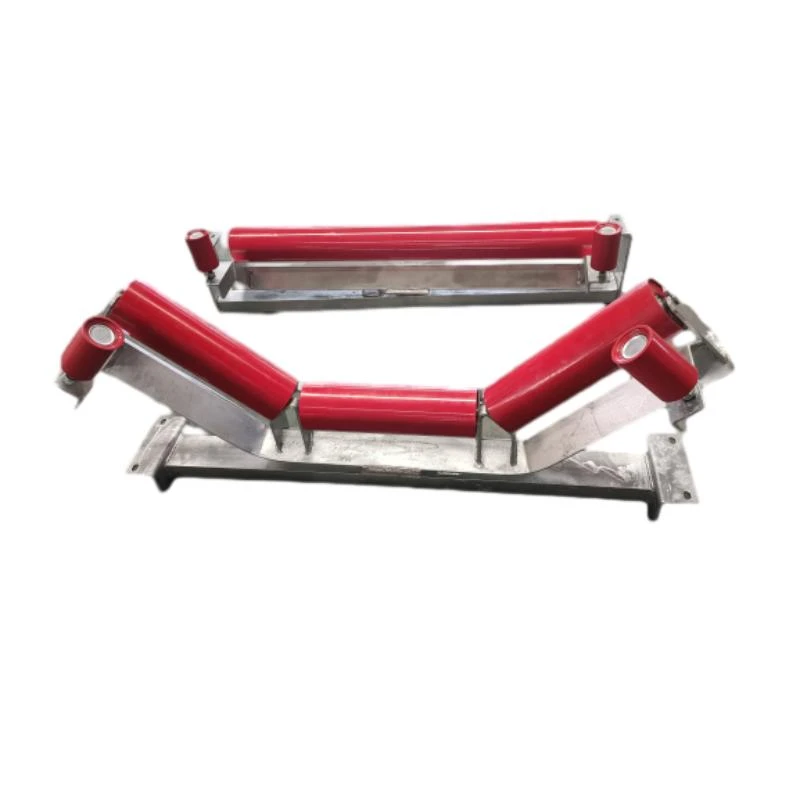 Afrikaans
Afrikaans  Albanian
Albanian  Amharic
Amharic  Arabic
Arabic  Armenian
Armenian  Azerbaijani
Azerbaijani  Basque
Basque  Belarusian
Belarusian  Bengali
Bengali  Bosnian
Bosnian  Bulgarian
Bulgarian  Catalan
Catalan  Cebuano
Cebuano  Corsican
Corsican  Croatian
Croatian  Czech
Czech  Danish
Danish  Dutch
Dutch  English
English  Esperanto
Esperanto  Estonian
Estonian  Finnish
Finnish  French
French  Frisian
Frisian  Galician
Galician  Georgian
Georgian  German
German  Greek
Greek  Gujarati
Gujarati  Haitian Creole
Haitian Creole  hausa
hausa  hawaiian
hawaiian  Hebrew
Hebrew  Hindi
Hindi  Miao
Miao  Hungarian
Hungarian  Icelandic
Icelandic  igbo
igbo  Indonesian
Indonesian  irish
irish  Italian
Italian  Japanese
Japanese  Javanese
Javanese  Kannada
Kannada  kazakh
kazakh  Khmer
Khmer  Rwandese
Rwandese  Korean
Korean  Kurdish
Kurdish  Kyrgyz
Kyrgyz  Lao
Lao  Latin
Latin  Latvian
Latvian  Lithuanian
Lithuanian  Luxembourgish
Luxembourgish  Macedonian
Macedonian  Malgashi
Malgashi  Malay
Malay  Malayalam
Malayalam  Maltese
Maltese  Maori
Maori  Marathi
Marathi  Mongolian
Mongolian  Myanmar
Myanmar  Nepali
Nepali  Norwegian
Norwegian  Norwegian
Norwegian  Occitan
Occitan  Pashto
Pashto  Persian
Persian  Polish
Polish  Portuguese
Portuguese  Punjabi
Punjabi  Romanian
Romanian  Russian
Russian  Samoan
Samoan  Scottish Gaelic
Scottish Gaelic  Serbian
Serbian  Sesotho
Sesotho  Shona
Shona  Sindhi
Sindhi  Sinhala
Sinhala  Slovak
Slovak  Slovenian
Slovenian  Somali
Somali  Spanish
Spanish  Sundanese
Sundanese  Swahili
Swahili  Swedish
Swedish  Tagalog
Tagalog  Tajik
Tajik  Tamil
Tamil  Tatar
Tatar  Telugu
Telugu  Thai
Thai  Turkish
Turkish  Turkmen
Turkmen  Ukrainian
Ukrainian  Urdu
Urdu  Uighur
Uighur  Uzbek
Uzbek  Vietnamese
Vietnamese  Welsh
Welsh  Bantu
Bantu  Yiddish
Yiddish  Yoruba
Yoruba  Zulu
Zulu conveyor pulley types
Understanding Conveyor Pulley Types
Conveyor systems are vital in various industries, enabling efficient material handling and transportation. Among the key components of these systems are conveyor pulleys, which play a crucial role in supporting and driving the conveyor belts. Different types of conveyor pulleys serve different purposes, and understanding these can help in selecting the right type for specific applications.
1. Drive Pulleys
Drive pulleys, often located at the head of the conveyor system, are responsible for providing the necessary force to move the belt and material forward. They are powered by a motor that can be coupled directly or indirectly. These pulleys are designed to withstand high tension and must be robust enough to handle heavy loads. Drive pulleys can be further categorized into various configurations, such as crowned, flat, and grooved. The crowned design helps maintain the belt's alignment, preventing it from slipping off.
2. Idler Pulleys
Idler pulleys support the conveyor belt along its length and are typically found in the return path. These pulleys do not drive the belt but help maintain its tension and alignment. Idler pulleys come in different types, including standard, impact, and training idlers. Standard idler pulleys are used for non-loaded areas, while impact idlers are employed in zones where materials drop to minimize the shock and wear on the conveyor system. Training idlers, on the other hand, are adjustable and help in keeping the belt centered.
3. Tail Pulleys
Located at the end of the conveyor system, tail pulleys assist in returning the belt back to the head. They are crucial for ensuring the proper tension and alignment of the belt throughout the conveyor. Tail pulleys are generally designed to be non-driven and can sometimes incorporate a lagging surface to enhance traction. This can be especially beneficial in applications where the material is prone to causing slippage.
4
. Take-Up Pulleysconveyor pulley types

Take-up pulleys play a critical role in maintaining the desired tension in the conveyor belt. Often found at the terminal ends of a conveyor system, they allow for the adjustment of belt length. As the conveyor system operates and the belt stretches over time, take-up pulleys can be adjusted either manually or with automatic systems to compensate for this elongation. This ensures optimal performance and extends the lifespan of both the belt and the entire conveyor system.
5. Snub Pulleys
Snub pulleys are utilized to increase the wrap angle of the belt around the drive pulley, thereby enhancing traction. Located between the drive pulley and the conveyor belt, these pulleys help improve the system's efficiency, particularly in scenarios where additional grip is necessary. By increasing the contact area, snub pulleys ensure that the motor can effectively drive heavier loads without slippage.
6. Wing Pulleys
Wing pulleys are a unique type of conveyor pulley designed to reduce material buildup and provide self-cleaning properties. They feature a winged design that allows for the dispersal of material that may accumulate on the pulley surface during operation. Wing pulleys are often used in applications where heavy, sticky materials are handled, as they improve operational efficiency while minimizing maintenance needs.
7. Lagging Pulleys
Lagging is a process applied to the surface of a pulley to enhance its grip on the conveyor belt. Lagging materials can be made from rubber, ceramic, or other materials that improve friction and prevent slippage. Lagged pulleys are commonly used in drive applications where increased traction is essential, particularly in inclined or vertical conveyor systems where gravitational forces are at play.
Conclusion
In summary, the selection of conveyor pulley types is critical for the efficiency and effectiveness of conveyor systems. Each type of pulley—drive, idler, tail, take-up, snub, wing, and lagging—serves a specific purpose and plays a vital role in facilitating the smooth operation of material handling systems. Understanding these various types helps engineers and operators deploy the right solutions for their unique operational challenges. By carefully considering the requirements of the application and selecting the appropriate pulleys, businesses can optimize their conveyor systems for enhanced performance, reliability, and longevity.
-
Revolutionizing Conveyor Reliability with Advanced Rubber Lagging PulleysNewsJul.22,2025
-
Powering Precision and Durability with Expert Manufacturers of Conveyor ComponentsNewsJul.22,2025
-
Optimizing Conveyor Systems with Advanced Conveyor AccessoriesNewsJul.22,2025
-
Maximize Conveyor Efficiency with Quality Conveyor Idler PulleysNewsJul.22,2025
-
Future-Proof Your Conveyor System with High-Performance Polyurethane RollerNewsJul.22,2025
-
Driving Efficiency Forward with Quality Idlers and RollersNewsJul.22,2025





























